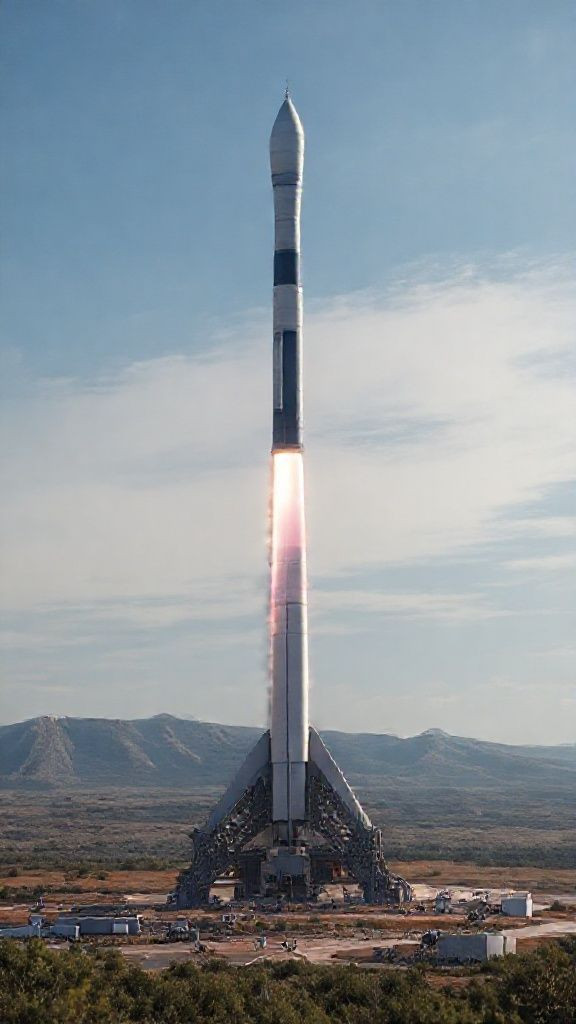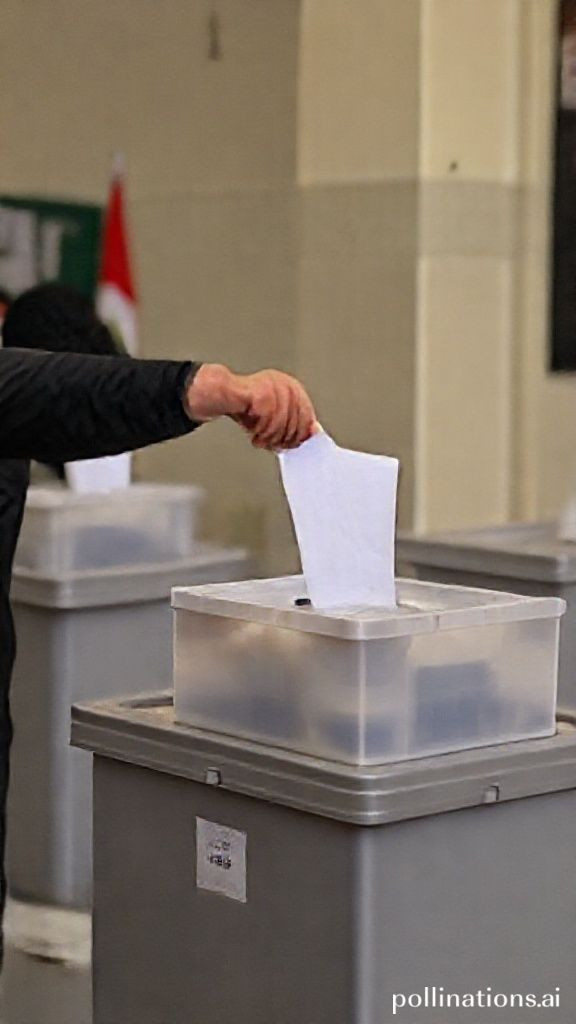
The Art of Deportation A Costly but Effective Tool
The Art of Deportation A Costly but Effective Tool
The Art of Deportation A Costly but Effective Tool
As the Trump administration continues to prioritize deportation as a means of addressing undocumented migration, the use of military aircraft has become a crucial component in this process. The recent flight from the United States to India, which deported 104 Indian nationals who had entered the country illegally, is a prime example of how this approach can be effective, albeit costly.
The Costly Reality
According to an analysis by AFP, the recent deportation flight likely cost the US more than $1 million. This figure is staggering when compared to the cost of a civilian charter flight, which would typically cost around $8,577 per hour. The use of military aircraft, such as the C-17A Globemaster III, can end up costing three times as much as a civilian trip.
Challenges Associated with Military Flights
While the use of military aircraft may provide a sense of security and control in the deportation process, it also comes with its own set of challenges. For one, these flights are significantly more expensive than their civilian counterparts. Additionally, military flights take different flight paths that require sensitive navigation to avoid entering the airspace of other sovereign nations.
A Cost-Benefit Analysis Balancing Costs with Benefits
While the cost of using military aircraft for deportation may seem steep, it's essential to consider both the costs and benefits. The use of these flights can provide a sense of deterrence and reinforce the administration's commitment to enforcing immigration laws. Furthermore, the ability to deport individuals from distant locations can help reduce the burden on local law enforcement and correctional facilities.
The Human Impact A Critical Consideration
It is crucial to remember that deportation is not just a numbers game or an administrative process, but also has human implications. The 104 Indian nationals who were deported recently have families, friends, and communities back home who are likely concerned for their well-being. As we grapple with the complexities of immigration policy, it's essential that we consider the human impact of these policies on individuals and communities.
Conclusion A Nuanced Approach
In conclusion, while the use of military aircraft for deportation may come with its own set of challenges and costs, it remains a crucial tool in the administration's efforts to address undocumented migration. As we continue to navigate this complex issue, it is essential that we prioritize a nuanced approach that considers both the human implications and the practical realities of enforcing immigration laws. With finesse and careful consideration, we can work towards creating a more effective and humane deportation process.
Keywords Deportation, Military Aircraft, Immigration Policy, Undocumented Migration






